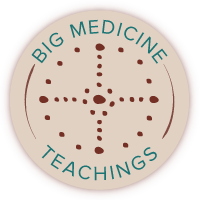As we move into Spring with the Vernal Equinox, we move to the East direction on the Medicine Wheel, the Sacred Hoop of Life. The East is the place of the rising sun, of awakening. The East Winds disperse fresh vital energy. The Spring is a time of rebirth, and new growth. It is the direction of new beginnings, and new opportunity to look ahead full of hope and promise. As the light comes from the East, it is the place you find inspiration to mentally create new ideas, envision new projects, and explore new interests. In many Native Traditions, the East is represented by the Eagle who soars through the skies and looks at life with a bird’s-eye view and expanded vision. So, the East brings a new perspective to your challenges in life and can offer you great awareness when you can see the big picture. The East guides you toward your mental capacities and refers to how you think about things, how you communicate your thoughts, and what beliefs you hold near and dear. Facing the East, you look for understanding. You seek clarity and awareness to find a new perspective and then use that wisdom bringing you illumination.
What is it you’re inspired to do? What new dreams can you sow? What talents or projects do you need to begin? What new interests or opportunity lie ahead? Is there something blinding or obscuring your vision? Is there something blocking you from seeing the truth?
Explore the possibilities and allow the light to illuminate your path giving you clarity and wisdom to follow your dreams. The East gives you courage to be adventurous, to put things in perspective and see how it all fits together in the big picture.
Take this opportunity to look at things with a new light, broaden your view, and turn your dreams into reality. Let there be light and an inspirational awakening in your life!

